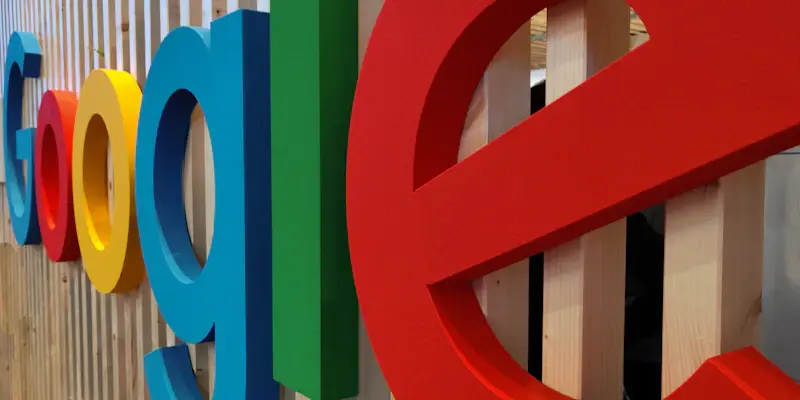Google’s latest innovation, the AI video generation model Veo 2, emerges with a promise to create more lifelike videos, surpassing its rival, OpenAI’s Sora. The unveiling of Veo 2 through Google Labs’ VideoFX platform highlights its potential to redefine the landscape of digital content creation. With a more profound understanding of real-world physics and human nuances, Veo 2 aims to overcome existing limitations in AI video generation. Despite this groundbreaking advancement, access is currently limited, available only on a waitlist basis.
A New Era in Cinematographic AI
Understanding Cinematographic Language
The hallmark of Veo 2 lies in its ability to comprehend the language of cinematography, enabling users to tailor the genre, lens, and special effects to produce videos in 4K resolution. This feature empowers filmmakers and content creators to experiment with a wide array of visual elements without the need for extensive post-production efforts. Google’s ambition with Veo 2 is to provide a tool that not only enhances visual storytelling but also democratizes access to high-quality video production capabilities.
In the world of AI video generation, the integration of Google’s metadata watermark, SynthID, sets Veo 2 apart. This watermark serves as a marker to signify AI-generated content, aimed at minimizing hallucinations such as the depiction of redundant fingers or other anomalies. The importance of this feature cannot be overstated, as it fosters a sense of authenticity and reliability in the content produced by Veo 2. Users can feel more confident in the quality and integrity of the videos created through this advanced AI model.
Internal Tests and Human Evaluations
Google’s internal testing of Veo 2 reveals a notable performance edge over OpenAI’s Sora. Human evaluators who participated in these tests exhibited a clear preference for Veo 2’s generated content, citing its superior adherence to prompts and overall quality. This feedback is essential, as it demonstrates the model’s potential to meet and exceed the expectations of filmmakers and content creators. The competition between Google and OpenAI in the realm of AI video technology highlights the rapid pace of innovation, with each company striving to push the boundaries of what is possible.
Despite these advancements, skeptics remain cautious about the overall stability of AI video generation technologies. Concerns about the consistency and reliability of the output persist, with some critics dismissing AI-generated videos as “AI slop.” However, the engagement of industry luminaries like James Cameron and Andy Serkis in exploring AI’s potential underscores a growing acceptance within the creative community. Their involvement suggests that while skepticism remains, there is a significant interest in understanding and harnessing the capabilities of AI in filmmaking.
Expanding Horizons with Imagen 3
Advanced Image Generation
Alongside the launch of Veo 2, Google has also introduced updates to its image generation model, Imagen 3. This enhanced model is now accessible through the Gemini chatbot on the web, offering users the ability to create more detailed and vivid images. The advancements in Imagen 3 are significant, as the model is capable of rendering a diverse range of art styles, from photorealism to anime. The precision with which Imagen 3 adheres to given prompts marks a substantial improvement over previous iterations, making it a valuable tool for artists and designers.
The broader theme surrounding Imagen 3’s release is the ongoing evolution of AI’s role in content creation. By providing creators with tools that can produce highly detailed and stylistically varied images, Google is encouraging experimentation and innovation within the artistic community. The ability to generate images that closely match specific creative visions reduces the reliance on traditional methods, paving the way for new forms of artistic expression. This development, coupled with Veo 2’s capabilities, signals a future where AI plays an integral role in shaping the visual arts.
Trust and Adoption Challenges
Despite the significant progress made with models like Veo 2 and Imagen 3, challenges remain in building trust among creators and viewers. The perception of AI-generated content as less authentic or reliable continues to be a barrier to widespread adoption. To address this, Google and other tech giants must prioritize transparency, ensuring that users are aware of the origins of AI-generated content. Efforts such as the SynthID watermark in Veo 2 are steps in the right direction, but additional measures may be necessary to fully gain the trust of the creative community.
The interest in AI-driven tools is undeniable, as evidenced by their applications on popular platforms like YouTube. Content creators are beginning to explore the potential of these technologies to enhance their work, albeit with a degree of caution. The balance between innovation and reliability will be crucial in determining the long-term success of AI in the creative industries. As technology continues to advance, the relationship between human creativity and artificial intelligence must be navigated thoughtfully to ensure that both entities complement rather than compete with each other.
Conclusion
Google has introduced its latest breakthrough, the AI video generation model Veo 2, which aims to create more realistic videos, outperforming its competitor, OpenAI’s Sora. Announced via Google Labs’ VideoFX platform, Veo 2 showcases its potential to revolutionize digital content creation. This model offers a deeper comprehension of real-world physics and human subtleties, striving to surpass current boundaries in AI video production. Veo 2’s improved capabilities suggest it can generate videos that are not only visually convincing but also more aligned with human movements and natural interactions. Despite these impressive advancements, the technology remains exclusive, accessible only through a waitlist. Google believes this step-by-step rollout will ensure the model’s robustness and effectiveness before it becomes widely available. While the excitement among digital content creators and tech enthusiasts is palpable, many are eager to see how Veo 2 will transform the industry once it becomes accessible to a broader audience.

